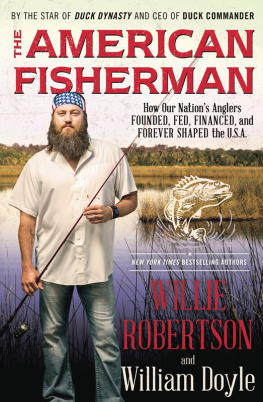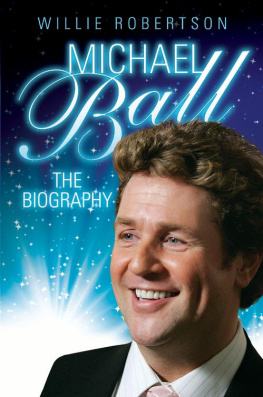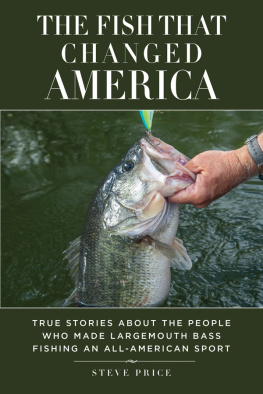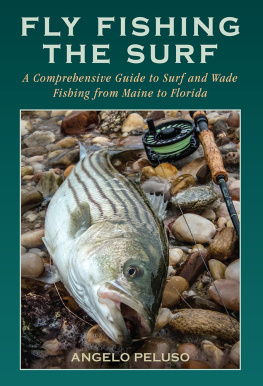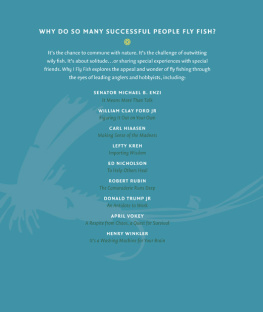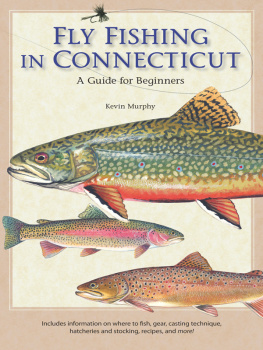Willie Robertson - The American Fisherman: How Our Nations Anglers Founded, Fed, Financed, and Forever Shaped the U.S.A.
Here you can read online Willie Robertson - The American Fisherman: How Our Nations Anglers Founded, Fed, Financed, and Forever Shaped the U.S.A. full text of the book (entire story) in english for free. Download pdf and epub, get meaning, cover and reviews about this ebook. year: 2016, publisher: HarperCollins, genre: Romance novel. Description of the work, (preface) as well as reviews are available. Best literature library LitArk.com created for fans of good reading and offers a wide selection of genres:
Romance novel
Science fiction
Adventure
Detective
Science
History
Home and family
Prose
Art
Politics
Computer
Non-fiction
Religion
Business
Children
Humor
Choose a favorite category and find really read worthwhile books. Enjoy immersion in the world of imagination, feel the emotions of the characters or learn something new for yourself, make an fascinating discovery.
- Book:The American Fisherman: How Our Nations Anglers Founded, Fed, Financed, and Forever Shaped the U.S.A.
- Author:
- Publisher:HarperCollins
- Genre:
- Year:2016
- Rating:4 / 5
- Favourites:Add to favourites
- Your mark:
The American Fisherman: How Our Nations Anglers Founded, Fed, Financed, and Forever Shaped the U.S.A.: summary, description and annotation
We offer to read an annotation, description, summary or preface (depends on what the author of the book "The American Fisherman: How Our Nations Anglers Founded, Fed, Financed, and Forever Shaped the U.S.A." wrote himself). If you haven't found the necessary information about the book — write in the comments, we will try to find it.
New York Times Bestseller A celebration of sport fishing in America, its history, locales, and impact. New York Times Book Review
An essential book for everyone who loves casting a line into our nations waters, The American Fisherman, by outdoorsman Willie Robertson (CEO of Duck Commander and star of A&Es Duck Dynasty) and historian William Doyle, reveals that in the U.S.A., fishing is far more than a pastime it has shaped our past and defined our character in remarkable ways.
This generously illustrated celebration of fish, anglers, and our countrys treasured wild places traces fishings astonishing impact on the United States and its people, from its settlement and founding, to powering its economy and inspiring our creativity and faith. Blessed by perhaps the most diverse and abundant waters in the world, Native Americans were the continents first master anglers and incorporated fish into their spiritual beliefs and legends. When the Vikings, the earliest European visitors, arrived, they were drawn across the Atlantic Ocean by the bountiful fishing grounds of North Americas East Coast. During the colonial era, fish helped save the Pilgrims, make George Washington wealthy, and win the American Revolution. From New England cod to Pacific Northwest salmon to Gulf shrimp, the fishing industry has fed and financed centuries of Americans in every region of the country.
Throughout, Willie and Bill explore how fishing has made an enduring mark on our national identity and culture. The American Fisherman is also an ode to our nations extraordinary natural places: alpine trout streams in the Rocky Mountains, steelhead runs along the storm-tossed Alaskan coast, the azure waters off Key West where marlin roam, and the bayous of Louisiana where the Robertsons have instilled the love and lessons of fishing down through the generations, as so many other families have.
A spirited and unique look at the U.S.A. and its people, The American Fisherman will hook every sportsman from the first page and forever deepen their appreciation for the fishing life.
INCLUDES MORE THAN 75 PHOTOS
Willie Robertson: author's other books
Who wrote The American Fisherman: How Our Nations Anglers Founded, Fed, Financed, and Forever Shaped the U.S.A.? Find out the surname, the name of the author of the book and a list of all author's works by series.

